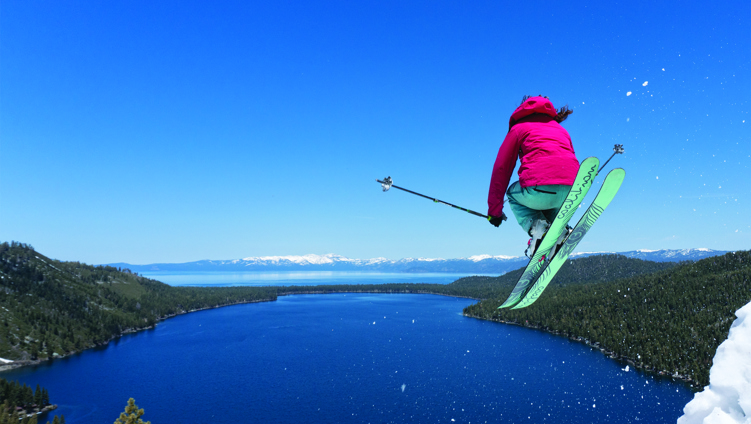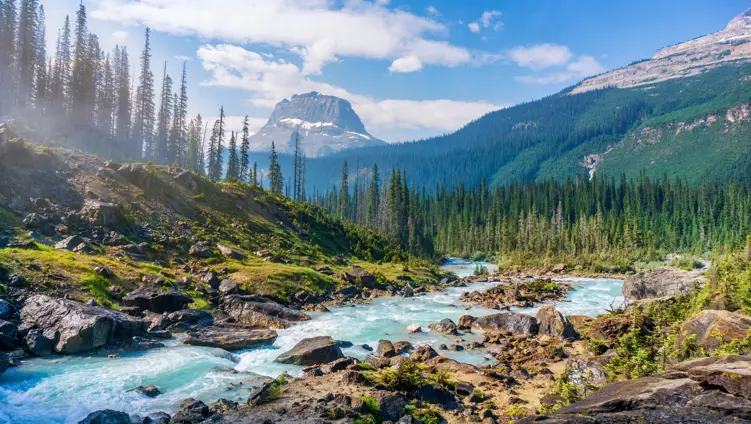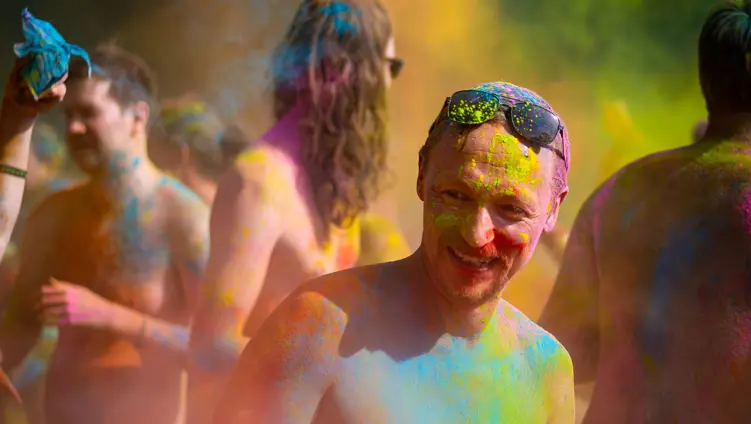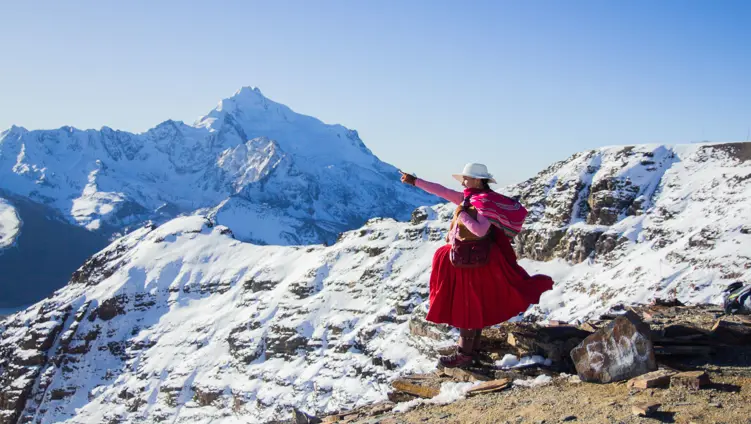And what were the first steps?
The Ride began on 24th November 2019 in Vienna, after an epic twelve days of trains, boats and buses back from China. Some rather last-minute kit cobbling including a second-hand, early 90s Ridgeback bike from Graham Watson (some relation); bikepacking bags from Mark Beaumont (yes that one – it’s amazing what happens if you tell people what you need); and a tent from the aquatic adventure man David Gange.
I take my own route on the Ride and then every week or two Rosie and I overlap in a place as we weave and wind our ways towards Mongolia.
What’s your latest, in the Covid era?
I’ve ridden more than 5500km, passing through bits of twelve countries so far to get to where the Fakiya hearing this from. No really, this village in southeast Bulgaria is called Fakiya. And I’ve been hosted in a yurt by a legend called Mitko. He grows chickpeas and with his yurt is trying to live as off-grid as possible.
One really special piece of the new story I found in Bulgaria was in the northwest, in the beautiful region of Tran, where the local community had come together to overwhelmingly vote against the development of a gold mine and instead to focus on showing the great potential of the region for biking, hiking, climbing, yoghurt, rabbits and bees. I can confirm it’s excellent for at least the two of these I tried.
The way ahead for the Ride (and Run) is across the Black Sea on a three-day, (mostly cargo) boat to Georgia. Then a route through Azerbaijan, Kazakhstan, Uzbekistan, Tajikistan, Kyrgyzstan, a little of Russia and Mongolia. There is the slight issue right now of COVID-19. For the time being many borders are closed on this route.
It’s come to the point where both of us are pausing and going back to the UK for what I expect will be at least the next 6 months for lockdowns etc. Whilst there we’ll be catching up on sharing the pieces of the new story we’ve come across, helping where needed, trying to earn some cash and preparing for restarting hopefully in Spring 2021!
















